Kanto UKI review: 5-star small speakers to jazz up your desktop
Looking for small yet powerful desktop speakers? Kanto has the answer

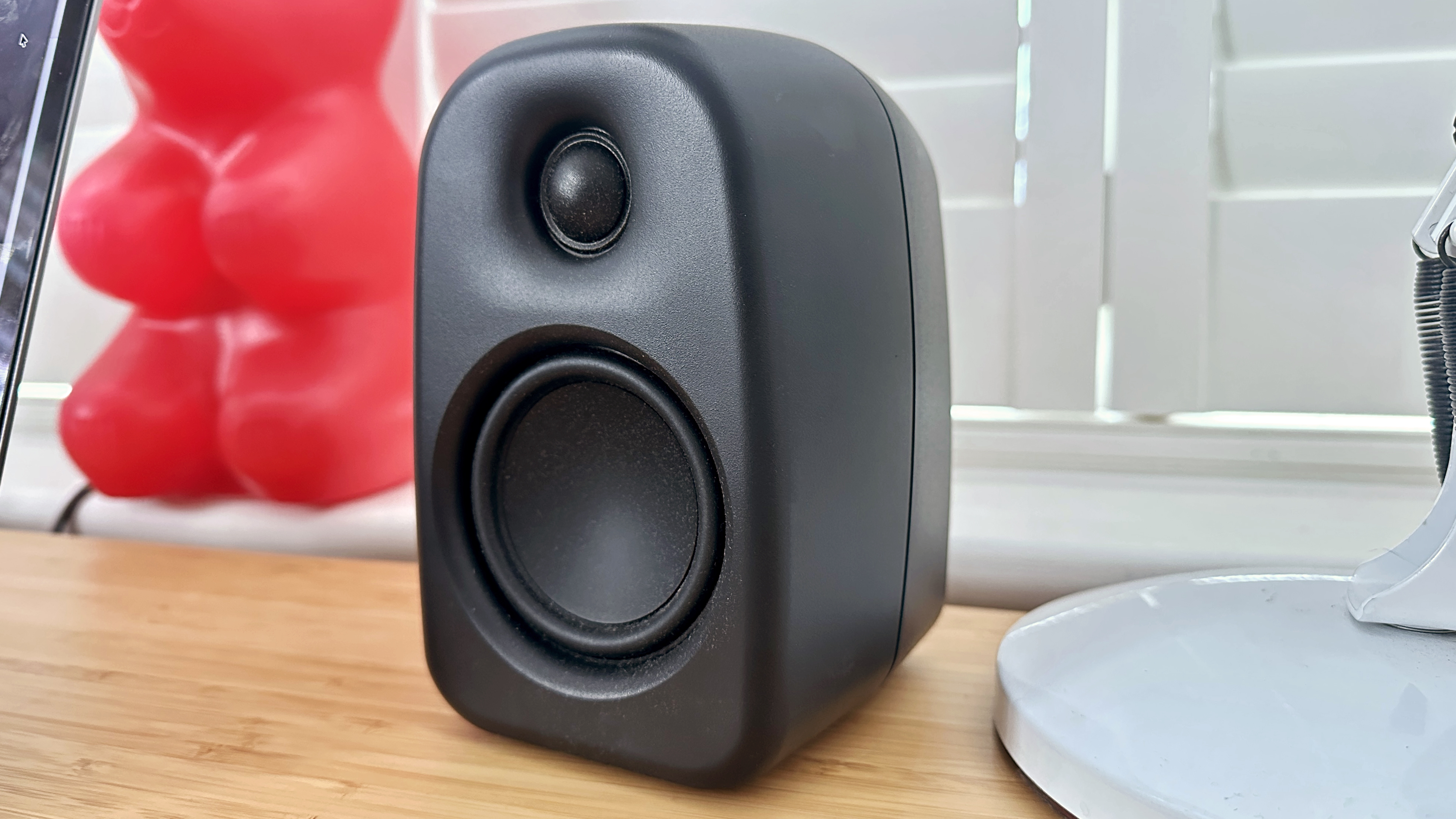
If you want to achieve big desktop sound without having to increase the size of your desktop or reduce the balance of your bank account too radically, Kanto has a great (and, optionally, colourful) solution in the shape of the UKI.
-
+
Punchy, expansive and energetic sound
-
+
Nice choice of finishes
-
+
Good connectivity
-
-
Needs wider Bluetooth codec compatibility
-
-
Can sound slightly bottom-heavy
Why you can trust T3

For very nearly 20 years, Kanto Audio (a division of Canada’s Kanto Living) has been turning out compact, colourful powered desktop and bookshelf speaker systems.
The new UKI is the company's smallest, most affordable option to date – so is it Kanto business as usual on an even smaller scale? I've been living with these speakers to find out.
Price & Release Date
The Kanto UKI is available from 17 November 2025. In the United Kingdom, it’ll cost you £229. In the United States, it will set you back $269. While in Australia, the cost is AU$379. It’s an appropriately small price for what is a usefully small product.
Features & What's New?
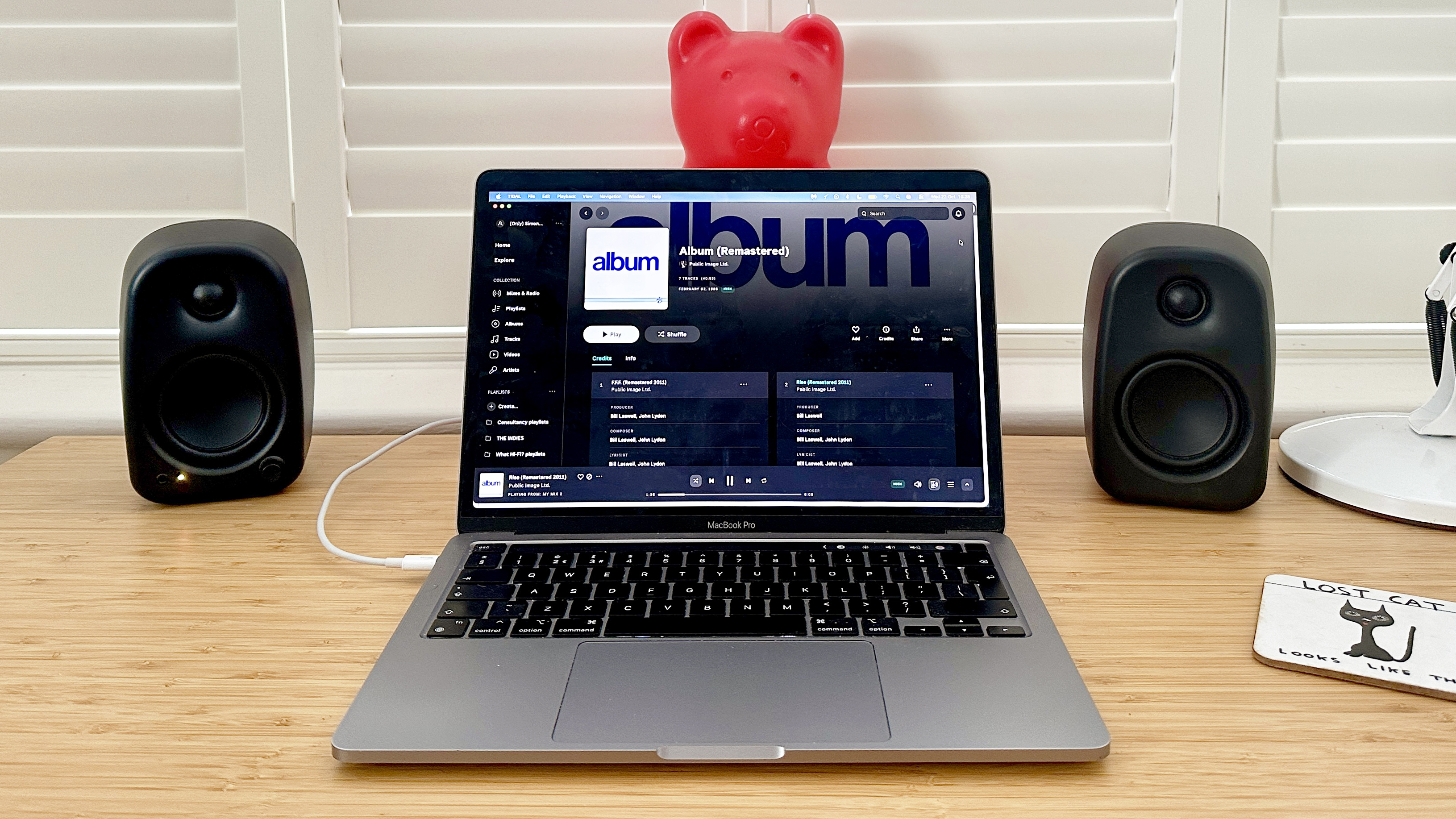
As is the case with pretty much every powered stereo speaker system, one of these speakers is running the show and the other simply follows instructions.
The secondary speaker of the pair features a 19mm silk dome tweeter above a 76mm treated paper mid/bass driver up front.
At the rear, the top of the cabinet features a narrow bass reflex slot above a threaded hole for use with a wall-bracket.
Towards the bottom there’s a socket for the cable Kanto provides to connect the speakers together – they must be wired to each other if you’re going to enjoy stereo sound.
Get all the latest news, reviews, deals and buying guides on gorgeous tech, home and active products from the T3 experts
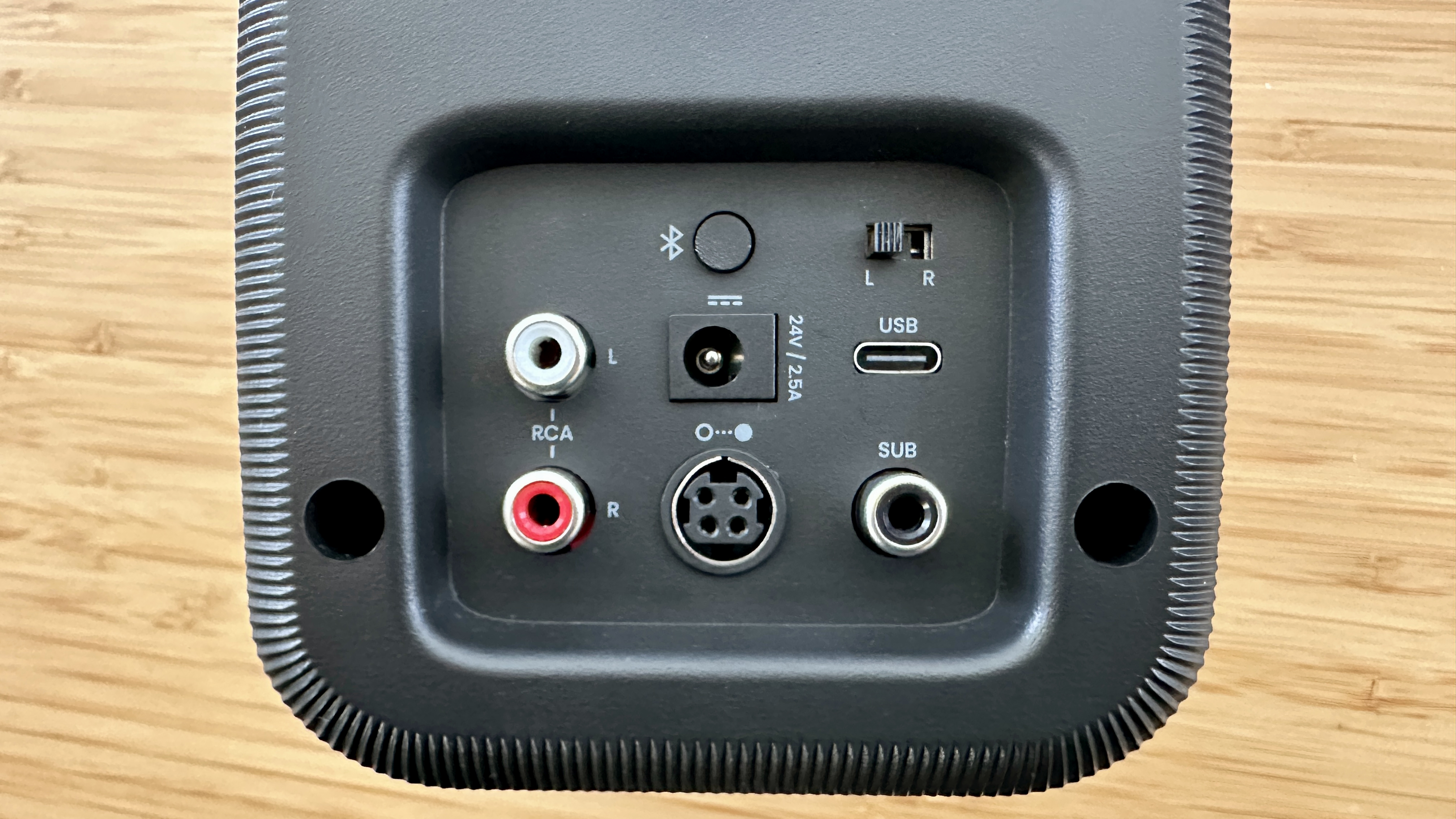
The primary speaker has all of the features, of course – but it’s easy to tell it’s the brains of the outfit. The front baffle includes a push/turn control that takes care of input selection, volume and power – there’s a little LED tell-tale letting you know what’s what as regards the input that’s live. There’s also a 3.5mm headphone output.
At this speaker's rear you’ll find an analogue input on a pair of RCA sockets, a USB-C slot, and a pre-out for use with a subwoofer. In addition, the speaker has an input for mains power, a button to designate it as the left or right channel in the system, and a button to initiate Bluetooth pairing.
This is the speaker that deals with amplification and wireless connectivity too, of course – the latter is version 5.0 and is compatible with SBC and AAC codecs.
Power is of the Class D type, naturally – each tweeter is driven by 9 watts, each mid/bass driver by 16W - which means an all-in total of 50 watts RMS. Which should, by any reasonable desktop standard, be plenty.
Performance

The most convenient way to listen to the UKI is wirelessly, of course – and with the system connected to a smartphone via the AAC codec, there’s plenty to enjoy about the way the Kanto goes about things.
For starters, it’s a much more expansive listen than the cabinet dimensions might seem to imply. Its sound easily escapes the physical confines of the system, and if you toe in the speakers a little towards your listening position it’s possible to establish a coherent, nicely focused and properly defined soundstage.
It’s a fair bit punchier than you might be anticipating too, with the ability to hit reasonably hard without droning or sounding ill-controlled. Kanto is claiming low-frequency extension down to 80Hz, which really seems to be erring on the side of caution. There’s decent control of the attack of bass sounds, although their outright prominence means that frequency response is slightly biased towards the bottom end.
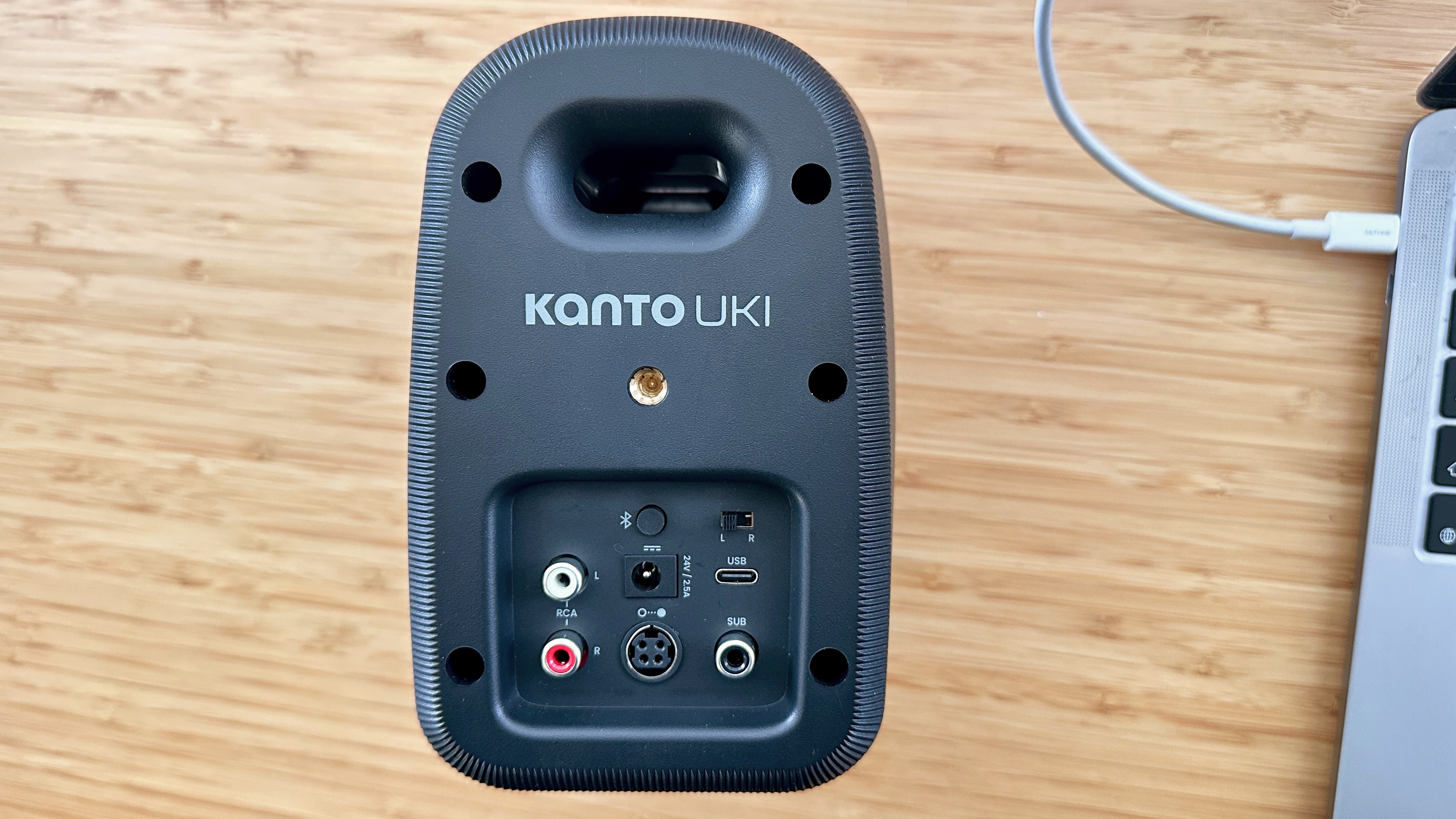
The midrange and upper frequencies still get to shine, though. There’s a fair amount of detail available at every stage, and the UKI allows voices the space to express themselves simultaneously as investing them with plenty of tonal information. The top of the frequency range has sufficient drive and bite, so treble sounds don't become glassy or edgy. Overall tonality is on the slightly warm side of neutral, but it’s consistent from top to bottom.
Switch to a hard connection via USB-C in order to get some hi-res content on board (Kanto is not quoting a native DAC resolution here, but it nevertheless pays to serve up the best-quality content possible) and all of the above holds true – but, somehow, slightly more so.
Detail levels enjoy an uptick, and there’s an improved sensation of singularity – the way the UKI integrates the entirety of the frequency range into a unified whole is noticeably better. It still has its slight low-frequency tilt, but on the whole it remains about as well-balanced and convincing a desktop listen as this sort of money can buy.
Design & Usability
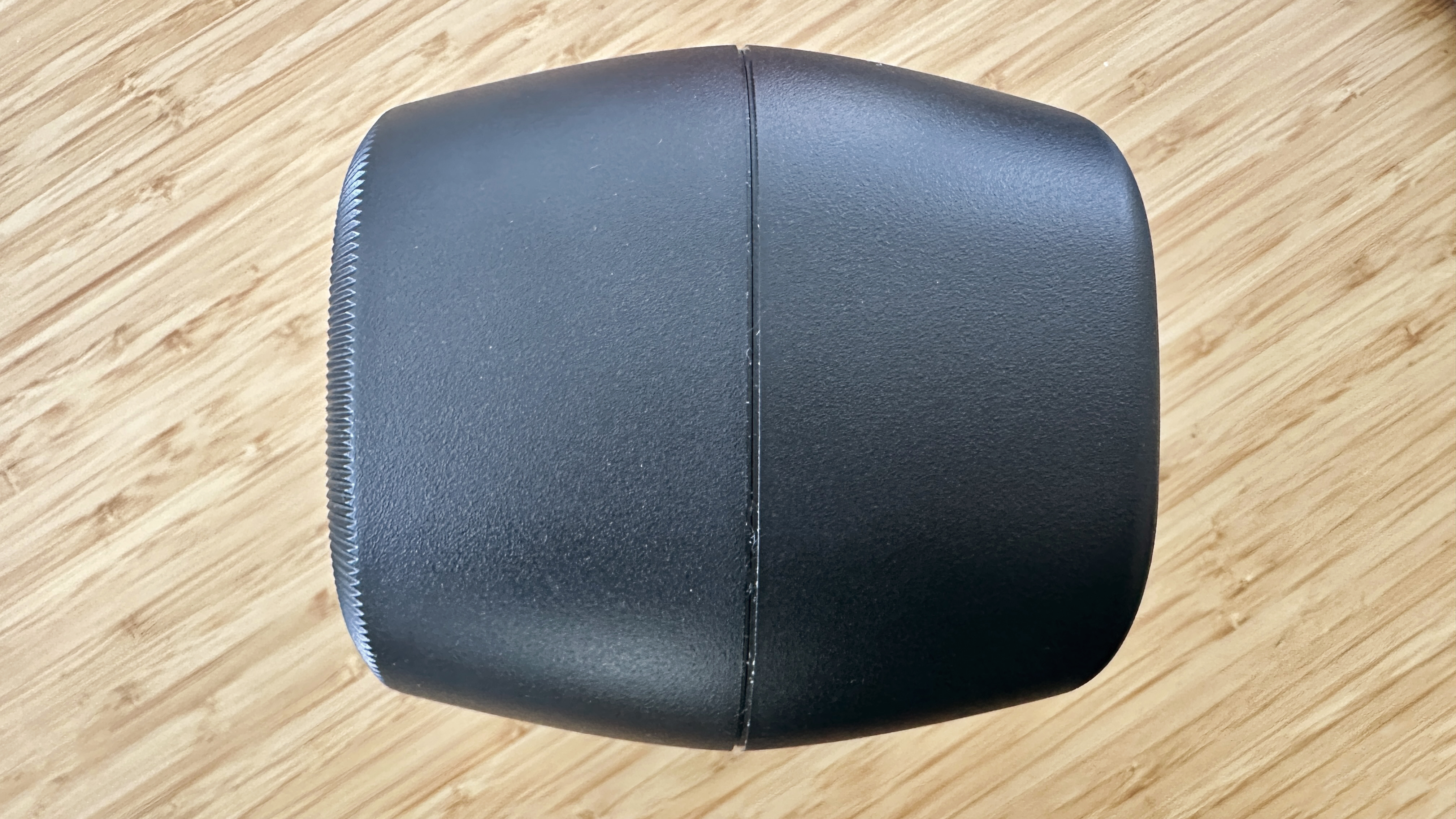
Some companies play fast and loose with the concept of ‘desktop’ speakers, but Kanto isn’t taking liberties with the UKI – each speaker is a winningly compact 165 x 112 x 109mm (HxWxD). Even those with small and/or untidy desks should have no problem finding room for this system.
Each speaker is built from unremarkable-looking and -feeling injection-moulded plastic, but there are some curves to the cabinet that just about keep things interesting and the clamshell construction is well up to standard.
Kanto will sell you the UKI in one of a few different finishes – my black review sample is definitely less decorative than the ‘chalk’ (white), ‘cobalt’ blue or ‘sage’ green alternatives. If I know Kanto, then further options will be along in due course.
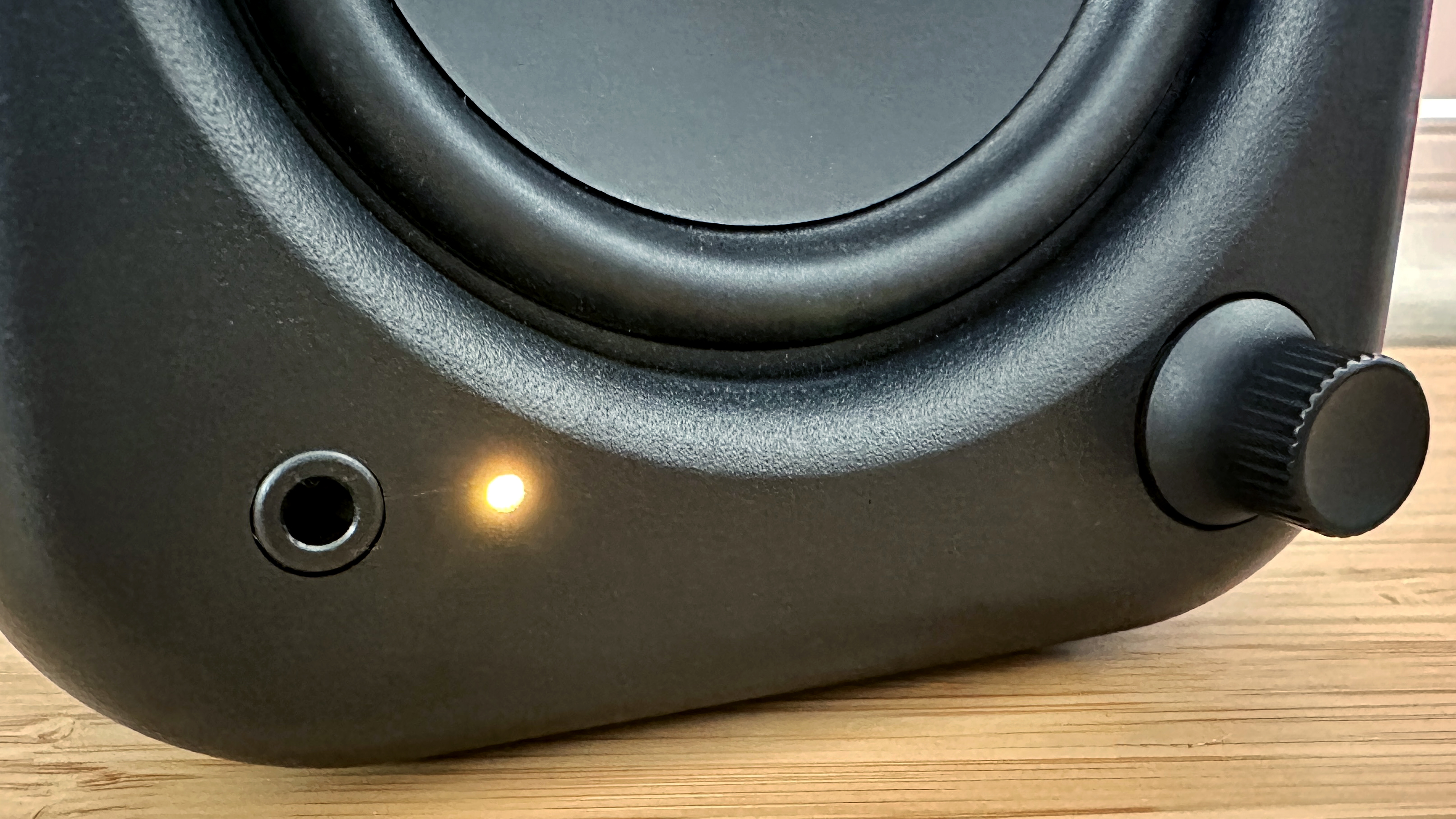
Little desktop stands are available (as a cost option), but each speaker arrives with four little pliant pads on the bottom to decouple the bottom of the cabinet from the surface it’s standing on.
Setting the system up is the work of a moment. The main speaker needs to be plugged into the mains, and then wired to its partner – Kanto provides all necessary cabling in the box. Then it’s simply a question of making the physical and/or wireless connections you require, powering up and dialling in the appropriate amount of volume.
Kanto UKI review: Verdict
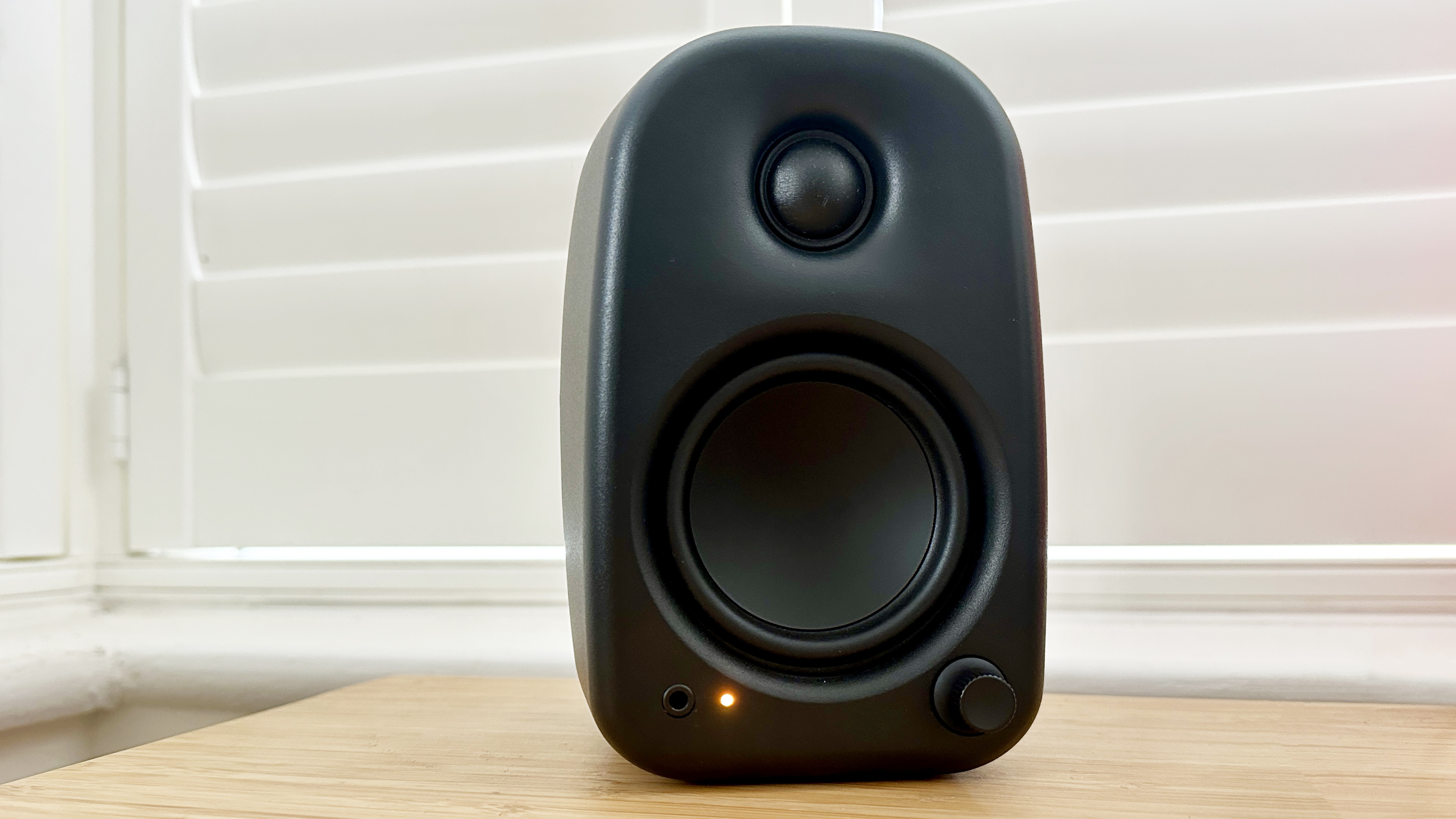
As of right now, the Kanto UKI is the best way to get great desktop sound without having to rearrange everything on your desk or spend an arm and a leg to achieve it.
This Kanto system makes all kinds of sense where dimensions, connectivity, decorative potential and, most of all, sound quality are concerned.
Follow T3.com on Google News to keep our latest news, insights, and features at the top of your feeds!
Also consider
About the only way to make a meaningful upgrade on desktop audio quality without buying a considerably bigger pair of speakers is to consider the Ruark MR1 mk3. It’s a good-looking little system with a list of sonic talents as long as your arm – but it’s getting on for twice the price of the Kanto UKI.
Simon Lucas is a freelance technology journalist and consultant, with particular emphasis on the audio/video aspects of home entertainment. Before embracing the carefree life of the freelancer, he was editor of What Hi-Fi? magazine and website – since then, he's written for titles such as Wired, Metro, the Guardian and Stuff, among many others. Should he find himself with a spare moment, Simon likes nothing more than publishing and then quickly deleting tweets about the state of the nation (in general), the state of Aston Villa (in particular) and the state of his partner's cat.
You must confirm your public display name before commenting
Please logout and then login again, you will then be prompted to enter your display name.

